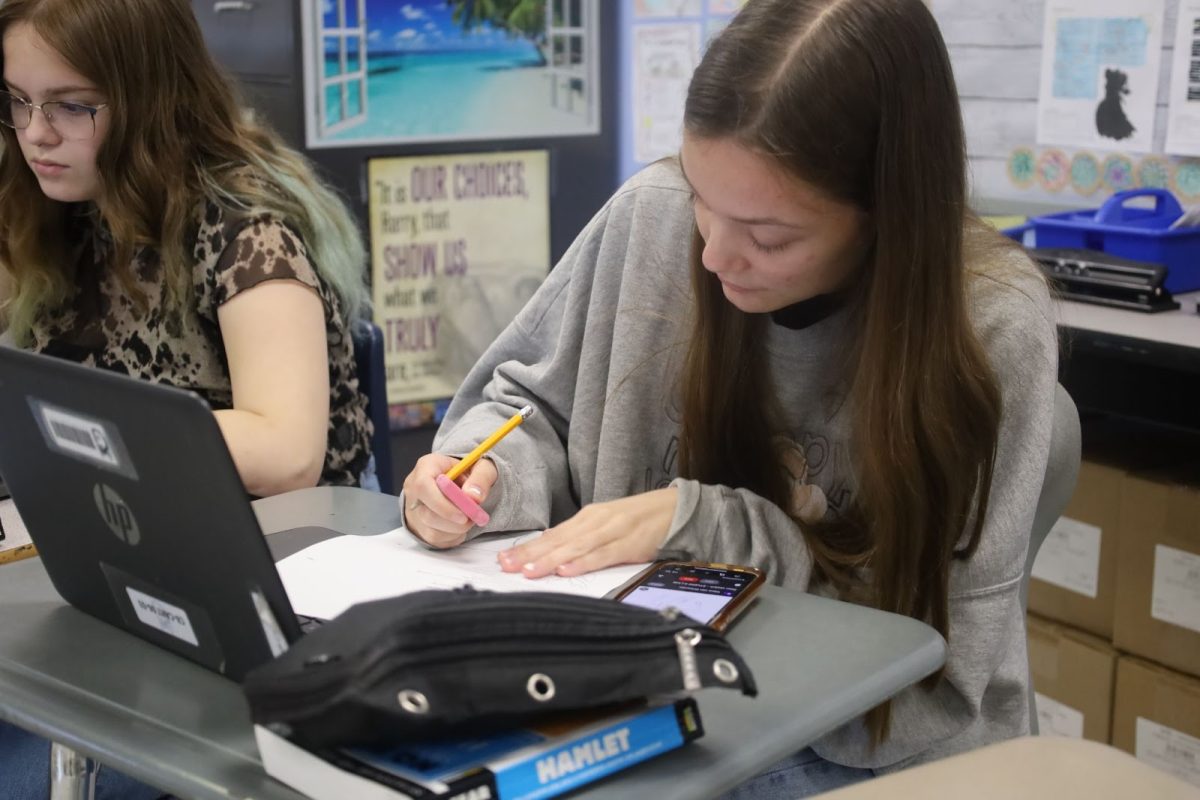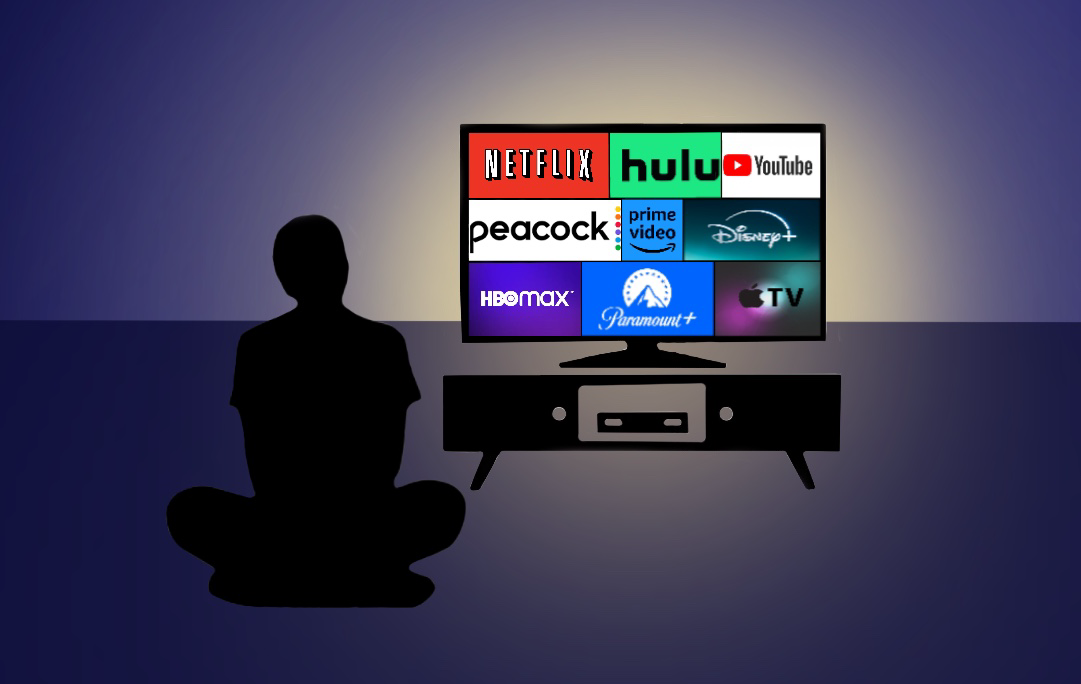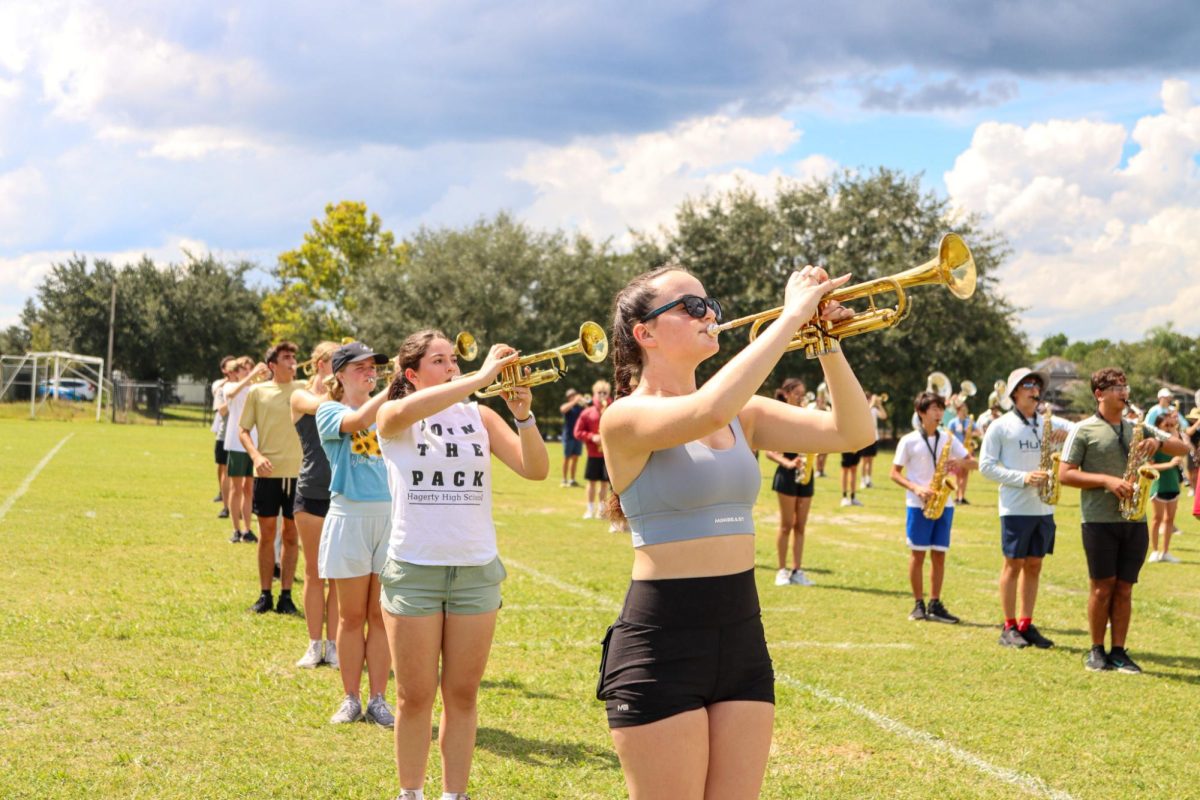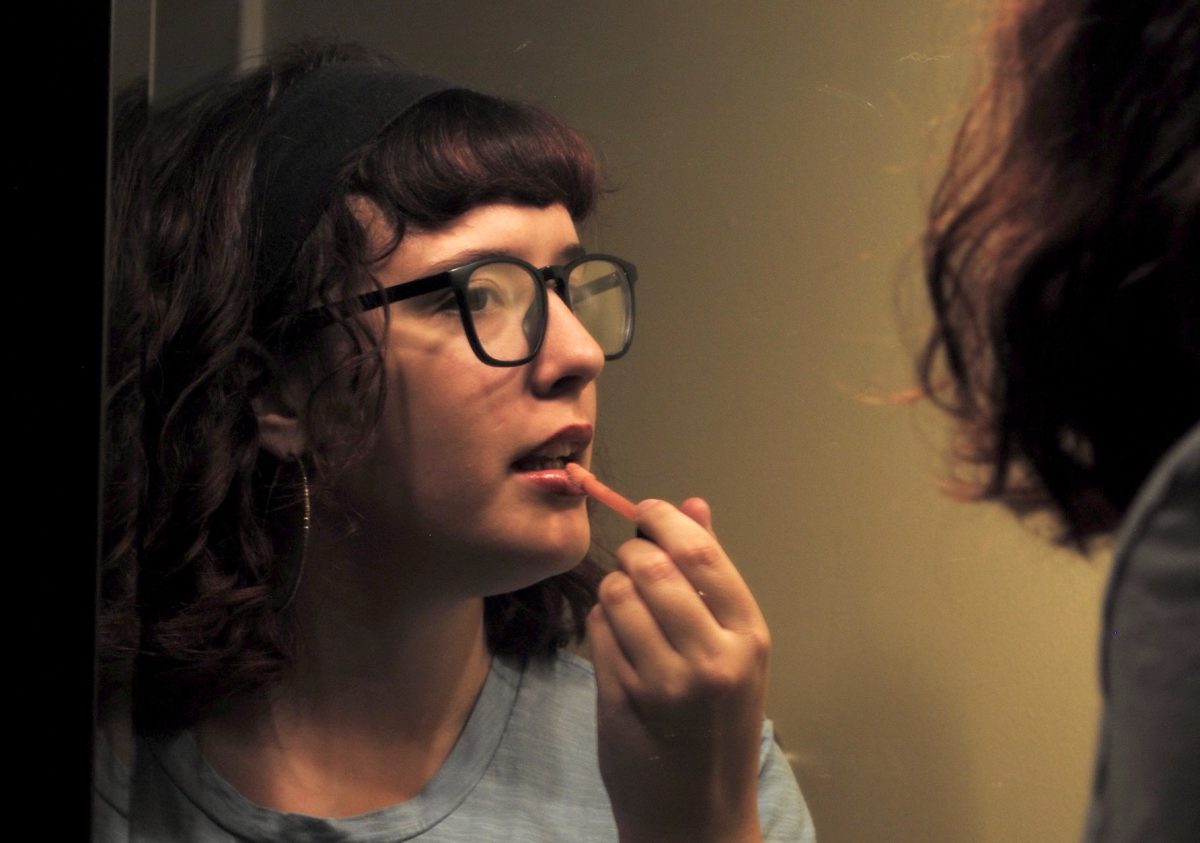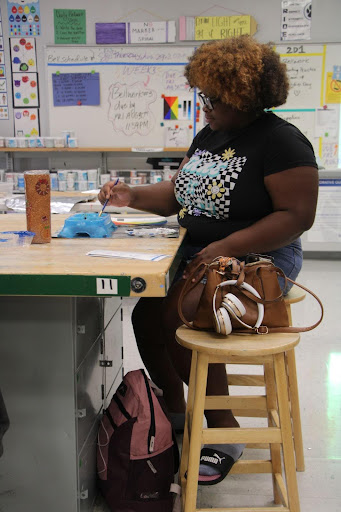
Walking through the halls of school, you are met with loud voices, headphone-covered ears and inappropriate jokes. And when the bell rings, many of those behaviors do not stop once class has begun. From how students communicate with teachers to what is considered appropriate, classroom etiquette has been quietly evolving over the years, and it is changing how students and teachers interact in classrooms every day.
“I see it every day. When kids are walking in the halls, or walking to class, when they pass me, they’re looking down on their phone and don’t look up or say hello,” Physics teacher Amany Bekheit said. “When I first started teaching, students would say hello or good morning, start a conversation, but not anymore.”
Another noticeable difference in the classroom is communication between students and teachers. As classroom standards shift towards more casual than formal, relationships between staff and students have shifted as a result. According to a study from Youth Risk, 43% of students felt they had a close relationship with a teacher, in contrast to earlier years where teacher-student dynamics were more strongly enforced.
“I think, with a more relaxed class, you’re able to form those intimate bonds with students that you wouldn’t get in a stricter, more uptight classroom. I think students feel more comfortable around you and when talking to you,” Spanish teacher Nitza Ariza said. “In earlier years, students were more respectful with how they talked, but I also think it was harder to have those fun conversations I have with my students now.”
But while speaking comfortably gives students a space to speak freely and form closer relationships with teachers, it can also lead to inappropriate remarks and interrupted speech.
“I’ll be talking, and students will talk over me or interrupt me like they weren’t even listening, or they’ll put their head down on the table during lessons and go to sleep while I’m trying to teach,” Bekheit said. “I don’t think most of them even know that what they’re doing is rude…they’re so comfortable in the classroom they don’t worry about coming off as disrespectful.”
According to the National Center for Education Statistics, 15.3% of teachers report disrespect from students in the classroom, rising from just 8.6% 10 years ago. This familiarity has changed the way students both behave and talk around teachers. Paired with milder punishment from teachers, the balance between openness and respect becomes difficult to maintain, with the informality intended to support learning eventually undermining it.
“One thing I push, and that my students know, is that I hate cussing in the classroom. They throw words around all the time, and I just don’t want it in my classroom, it’s rude,” Ariza said. “I want to have those conversations with students, but at the same time it makes it easier for them to disrespect me. The more I allow for personal connections, the more they feel they can be disrespectful in the classroom.”
Ariza is not alone in her experience with setting boundaries. As students grow more comfortable in their behaviors, many teachers take steps to ensure that rules are still enforced. From only allowing phones during free time to moving seats when conversation during lectures becomes too frequent, setting clear standards allows for a positive classroom atmosphere while still maintaining professionalism.
“All of my teachers have their rules that they’re known for. Some hate seeing phones but don’t mind chatter, others hate conversation but couldn’t care less if you go on your phone. It really depends on who it is,” sophomore Brionna Campbell said.
An additional cause in the shift in classroom behavior stems from the evolution of technology in the classroom. Smartphones and laptops, once rare sightings in classrooms, have now become an everyday part of both students and teachers lives. While some teachers are stricter when it comes to technology, it has become incorporated in many different parts of class, whether as a timer during an experiment, a camera to take pictures of notes or a way to access online textbooks. This, alongside the rapid growth in screentime outside of the classroom, has created an environment where students find it hard to stay away from electronics. While some teachers turn to phone boxes or pockets for a sense of control, electronic usage remains a hot topic inside classrooms.
“I see it in class a lot, kids are on their phones and aren’t listening to what the teacher is saying at all, they’re just distracted,” junior Ryder Swoape said. “They’re absorbed into their phones and don’t really pay attention to class, it’s as if they’re at their house or their room.”
Despite the distractions, the incorporation of electronics has proved successful in certain aspects. With 77% of teachers finding technology able to increase student motivation to learn, the growth in technology has also opened a path of growth for students to follow.
As classrooms continue to shift, so does the activity of both students and teachers. With more technology, different student-teacher relationships, and unique restrictions, how classrooms operate is constantly evolving.
“Depending on the class, students can benefit from any level of restriction. In APs, you want to enforce those rules so you can see students thrive, but some students also thrive from that no pressure environment,” Swoape said. “Either way, the way school has changed from different generations, I can only imagine how students probably feel more comfortable in themselves and in their classes.”

